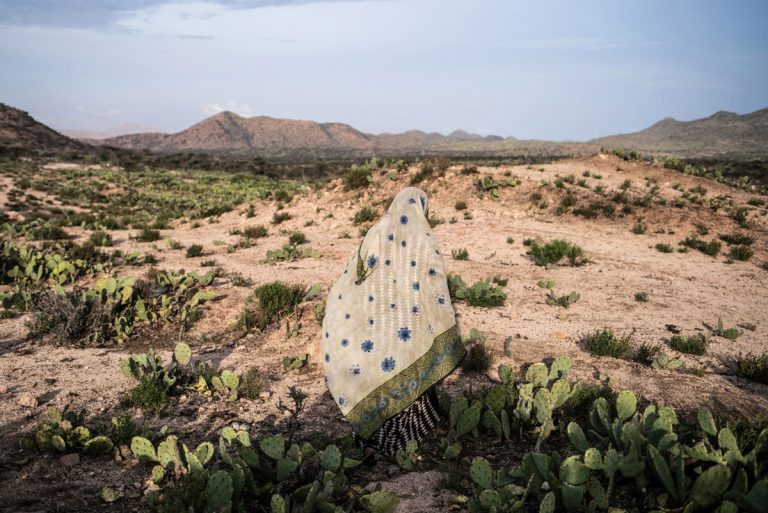“There’s a unique challenge, when it comes to documenting the environment and our climate. It’s such an overwhelming truth that it’s a very human reaction to want to turn away or disengage.” — Nichole Sobecki
The “Victims and Perpetrators” roundtable discussion, between Nichole Sobecki, Aaron Vincent Elkaim, Carol Devine, Gregg Segal, and Benjamin Petit, raises some fascinating and challenging questions on how we cover the health of our global environment.
